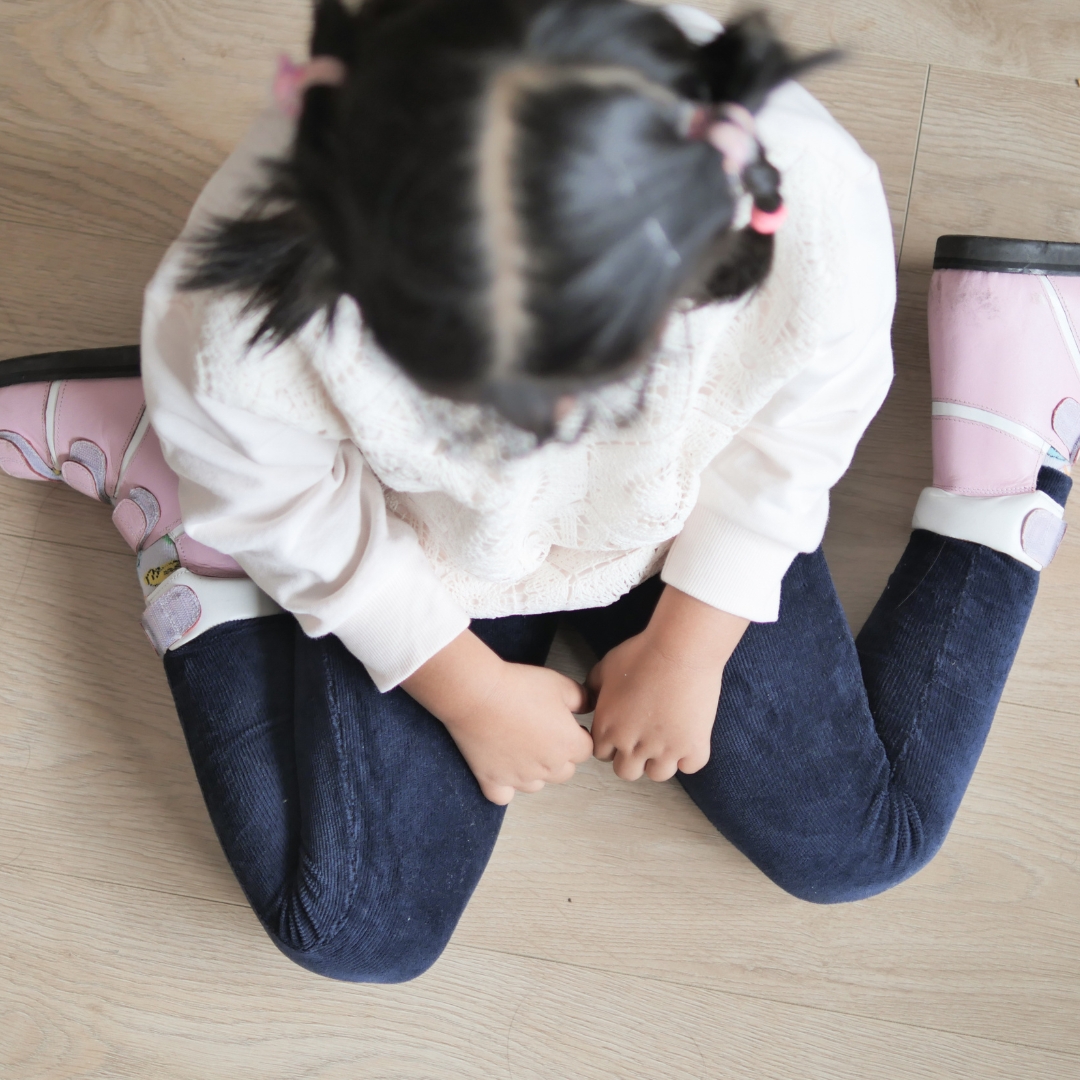What is W-Sitting? W-Sitting is a position where children perform flexion, adduction, and maximal internal rotation at the hip when […]

What is W-Sitting?
W-Sitting is a position where children perform flexion, adduction, and maximal internal rotation at the hip when sitting on the floor. From a birds-eye view their legs make the shape of a W in this seated position. Due to the way that the hips develop w-sitting can be a completely normal position for children. The idea that children shouldn’t be w-sitting is old and outdated thinking based on no high quality evidence. Arguments against w-sitting lack empirical evidence, or use evidence improperly.
W-sitting occurs commonly in children and much less likely in adulthood due to the physiological development of what is known as femoral anteversion. This is where the big thigh bone (the femur) rotates inward, which can cause the knees and feet to turn inward. This is a normal part of development, and as we age it naturally regresses until around 10 years old and makes it mechanically impossible or extremely difficult to w-sit regardless of postural correction or therapy.
What does the research say?
There is limited high-quality evidence on w-sitting. A recent Systematic Review published last year in 2024 delved into 7 articles on w-sitting. They concluded that after considering the lack of scientific evidence, biological and mechanical plausibility, coherence and analogy in the articles, w-sitting fails to harm children’s hips or development and thus face no restriction.
They concluded the following:
Further research and more higher-quality studies need to be performed as current evidence is of low quality and methodological inadequacies to prove harm in W-sitting.
When to seek a paediatric physiotherapist?
There is no evidence to suggest harm from w-sitting in children. It is a completely normal position for children to sit in. If there are additional gross motor concerns you have for your child please contact a paediatric physiotherapist who can conduct a thorough assessment of your child and determine the potential cause of your concerns. The physiotherapist will then discuss the recommended treatment with you. Your physiotherapist will be able to guide you on whether further investigations or referrals are required.
Feel free to reach out to us here at Upside!
References
Nordon, D. G., Passone, C. G. B., Silva, C. A. A., & Grangeiro, P. M. (2024). W-sitting in childhood: A systematic review. Acta Ortopédica Brasileira, 32(6), e279277. https://doi.org/10.1590/1413-785220243206e27927